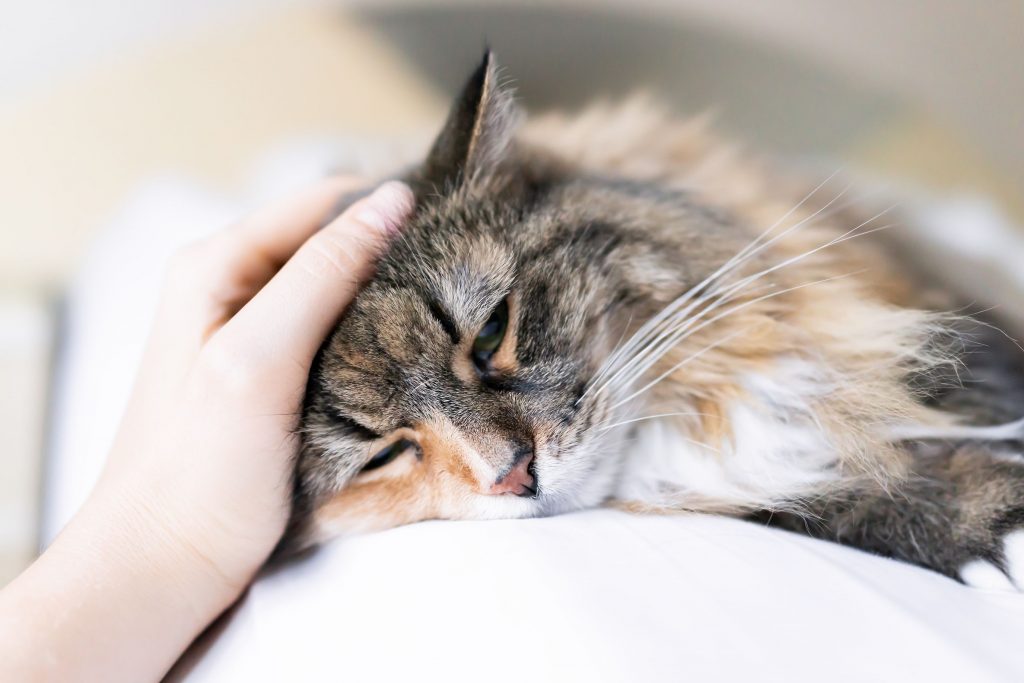Meow-ouch: Signs Your Cat is in Pain

You cat likely chirps, baps, or headbutts when she wants attention or food. But is your normally demanding cat queen forthcoming when she’s in pain? Probably not. Cats are hard-wired to disguise weaknesses that could make them vulnerable in the wild. Which means the onus is on the owner to spot the subtle cues of their discomfort.
We are consummate cat lovers at BEEVET Animal Hospital, and we take pain management seriously. We’re here to help you decode the signals that your cat is in pain.
Behavioral Changes
It’s easy to attribute strange cat behaviors to “cats being cats.” After all, hasn’t your cat ever turned her nose up at her favorite food the minute you bought an entire case of it? Some behaviors, however, can be clues that something is wrong. A call to the vet is warranted if you notice any of the following:
- Unexplained aggression like hissing, scratching, or biting
- Unusual vocalizations
- Changes in sleep habits
- Acting withdrawn or hiding
- Doesn’t want to be petted or, conversely, seeks more attention than usual
- No interest in eating or drinking
- Lack of grooming or over-grooming one particular area
Physical Changes
When it comes to senior cat health, we expect certain physical changes—such as reduced activity levels—but these typically happen gradually. Sudden physical changes in an otherwise healthy cat can be signs of pain. Be mindful of the following symptoms:
- Lethargy, decreased energy and activity levels
- Difficulty with stairs
- Reluctance to play
- Trouble standing up
- Hunched posture with head lowered
- Limping or not wanting to put weight on a leg
- Trembling or shaking
- Panting
- Unusual facial expressions, ears pinned back
Let’s Talk Litter Box
No discussion of cat concerns would be complete without potty talk. Where there are cat litter box problems, there could be pain. A cat may pee outside of the box if they are uncomfortable due to one of the following medical conditions:
- Urinary tract infection
- Crystal or stone formation in the bladder
- Kidney or liver disease
- Hyperthyroidism
- Diabetes
- Mobility issues
- Joint, nerve or muscle pain
Common Culprits
Some causes of pet pain are obvious, such as an injury or surgery. But more often, it’s an underlying condition that can go undetected thanks to a cat’s self-perseveration instincts. Some common diagnoses include:
- Dental disease
- Ingrown claws
- Urinary tract infection or bladder inflammation (cystitis)
- Ear infection
- Stomatitis
- Cancer
- Arthritis
We Can Help!
No pet should have to be in pain. If you suspect that your cat is hurting, please contact us to schedule a thorough examination. Once we’ve established an accurate diagnosis, we will do all we can to manage your pet’s pain and get her on the road to better health.
